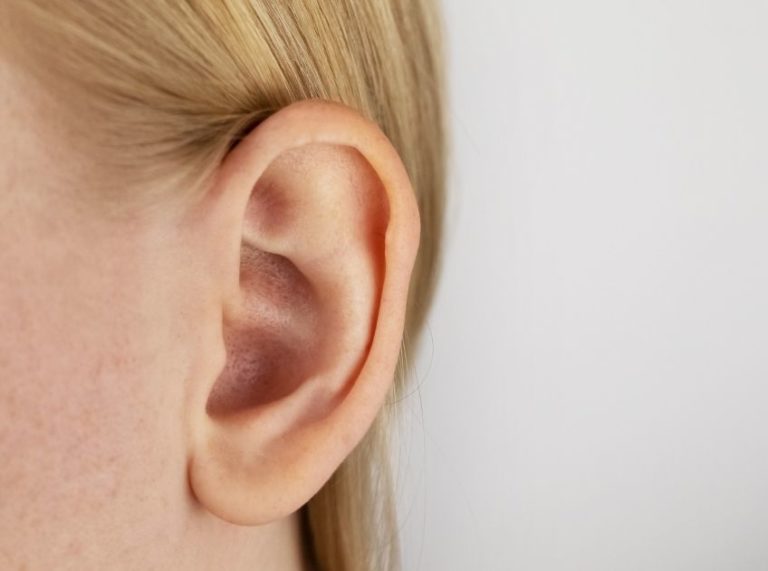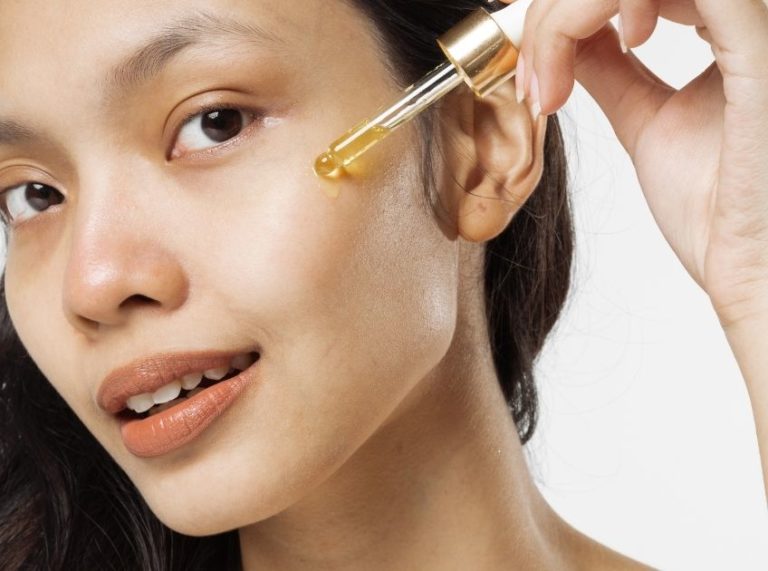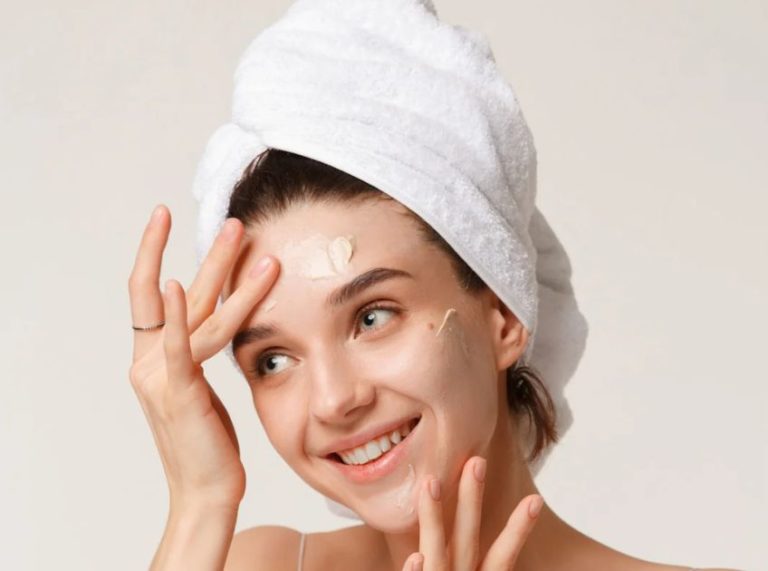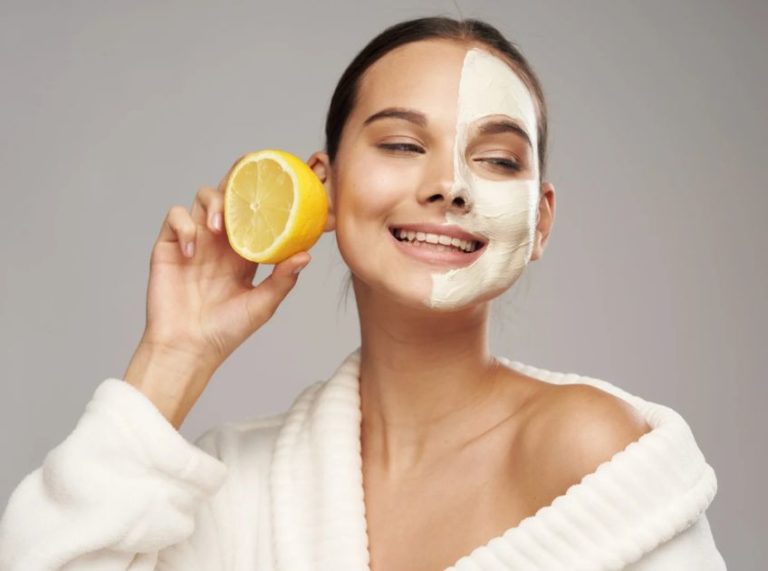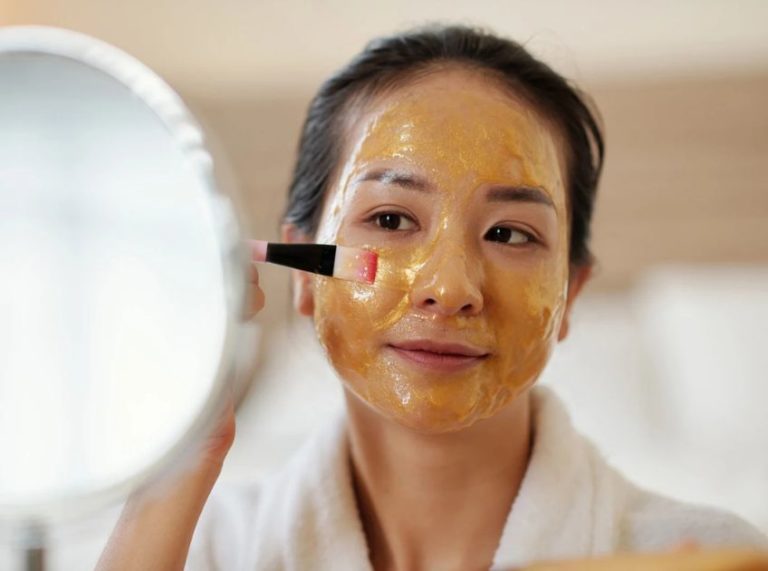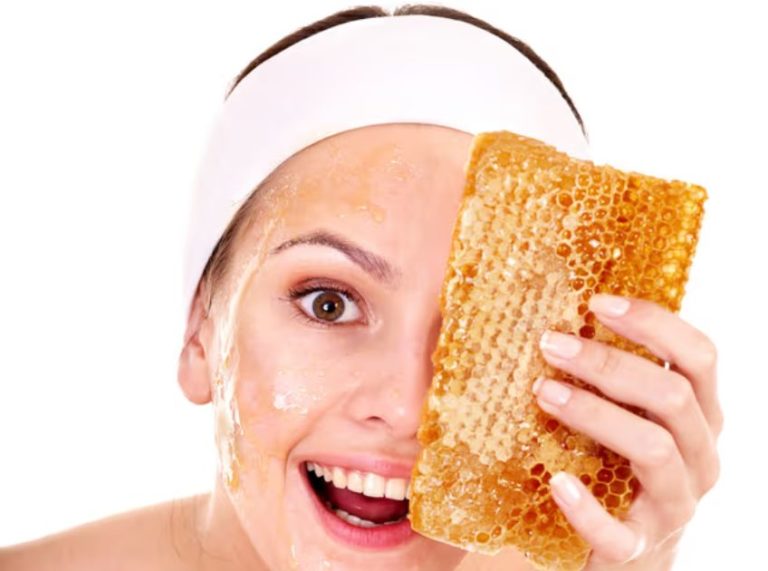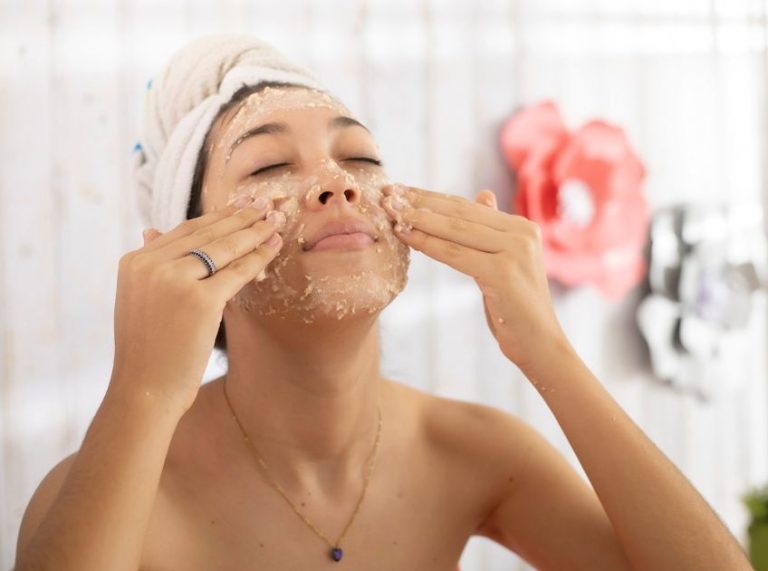
Important: This article is for informational purposes only. Please read our full disclaimer for more details.
Sunspots—those stubborn brown marks that sneak up after time in the sun—can affect your skin’s clarity and confidence. Whether they appear on your face, shoulders, or hands, they often signal prolonged sun exposure and skin aging.
The good news? You don’t need to live with them forever. From natural solutions to professional treatments, let’s explore the most effective ways to fade and prevent sunspots.
What Are Sunspots—and Why Do They Appear?
Sunspots, also known as solar lentigines or age spots, are flat, brown or black spots that develop on sun-exposed areas of the skin. They’re caused by UV radiation triggering excess melanin production, especially after long-term exposure.
These spots are non-cancerous and typically appear after the age of 30, but they can show up earlier with frequent sun exposure. Common areas include:
- Face
- Chest
- Arms
- Hands
- Shoulders
How to Get Rid of Sunspots on Your Face
At-Home Treatments That Can Help Fade Sunspots Naturally
Natural remedies offer a gentle, cost-effective approach to fading sunspots. Many of these ingredients contain enzymes, acids, or antioxidants that target hyperpigmentation and encourage healthy skin regeneration. Here’s a detailed breakdown of the most effective options:
1. Aloe Vera Gel
Aloe vera isn’t just a cooling remedy for sunburn—it’s also a potent depigmenting agent thanks to a compound called aloin. Aloin inhibits tyrosinase, an enzyme responsible for melanin production.
- How to use: Apply pure aloe vera gel (directly from the plant or 100% natural gel) to sunspots every night before bed.
- Study reference: A 2012 study in Planta Medica confirmed that aloin has significant depigmenting effects on hyperpigmented skin (1).
2. Apple Cider Vinegar (ACV)
ACV contains acetic acid (2), which gently exfoliates the skin and may help lighten sunspots over time by promoting cell turnover.
- How to use: Mix 1 part ACV with 1 part water. Apply with a cotton pad to sunspots, leave on for 5–10 minutes, then rinse. Use once daily.
- Caution: Always do a patch test. Overuse or undiluted application can irritate sensitive skin.
3. Green Tea Extract or Compress
Green tea is rich in catechins, powerful antioxidants that help repair skin damage and reduce inflammation. One compound, epigallocatechin gallate (EGCG), may slow melanin accumulation.
- How to use: Brew a green tea bag, let it cool, and press it gently onto the sunspot for 5 minutes. Repeat twice daily.
- Study support: A study in the Journal of Cutaneous and Aesthetic Surgery (2013) noted that green tea polyphenols may be effective in treating pigmentation disorders (3).
4. Lemon Juice (Use with Caution)
Lemon juice contains citric acid, a natural alpha-hydroxy acid (AHA) that mildly exfoliates the skin and fades dark spots (4). However, it’s photosensitizing and can worsen pigmentation if exposed to sunlight afterward.
- How to use: Dab diluted lemon juice (1:1 with water) on the spot, leave on for 10 minutes, rinse, and follow with SPF.
- Caution: Use only at night and never on broken or sensitive skin. Always follow with sunscreen during the day.
5. Turmeric and Honey Paste
Turmeric contains curcumin, a compound with anti-inflammatory and melanin-regulating properties. Honey adds moisture and has antibacterial effects.
- How to use: Mix 1 tsp turmeric with 1–2 tsp raw honey to form a paste. Apply to the spot, leave for 15–20 minutes, then rinse. Use 3x per week.
- Scientific note: Curcumin has been shown to suppress melanogenesis (melanin production) in studies like those published in Phytotherapy Research (5).
6. Vitamin E Oil
Vitamin E (6) is a skin-repairing antioxidant that aids in healing UV-induced damage and improving skin elasticity and tone.
- How to use: Pierce a vitamin E capsule and apply directly to the spot before bedtime. Use nightly for 4–6 weeks.
- Best with: Combine with aloe vera or rosehip oil for added benefits.
Pro Tip: When using natural remedies for sunspots, consistency is key. Most treatments require daily application for 4–6 weeks to see visible improvement. Always wear a broad-spectrum sunscreen (SPF 30+), especially when using citrus-based treatments or acids, as your skin becomes more sensitive to UV rays.
Professional Treatments for Faster, Visible Results
If you’re seeking quicker or more noticeable results, dermatological treatments are effective:
- Chemical Peels
Use mild acids to exfoliate the top skin layers and reduce discoloration. Ideal for superficial sunspots. - Laser Therapy (e.g., IPL or Fraxel)
Targets melanin to break up pigment. Results may be seen after a few sessions (7). - Cryotherapy
Involves freezing sunspots with liquid nitrogen. Safe and quick for small spots. - Microdermabrasion or Microneedling
Promotes new skin turnover and collagen production. - Topical Prescription Creams
- Hydroquinone (skin lightener)
- Retinoids (vitamin A derivatives to speed up cell turnover) (8)
- Corticosteroids (reduce inflammation and pigment)
Always consult a board-certified dermatologist before beginning any professional treatment.
Are Sunspots Dangerous? Know the Risks
Sunspots themselves are benign. However, changes in appearance can be a warning sign:
- Rapid growth
- Irregular borders or color
- Bleeding or itching
If a spot changes in any way, consult a dermatologist immediately to rule out melanoma or actinic keratosis.
Smart Prevention: How to Keep Sunspots Away
- Use Broad-Spectrum Sunscreen (SPF 30+) every day—even on cloudy days
- Reapply every 2 hours when outdoors
- Wear hats and sunglasses to protect high-risk areas
- Seek shade between 10 a.m. and 4 p.m.
- Avoid tanning beds
Incorporating antioxidant-rich skincare, such as vitamin C serums, can also protect your skin from UV-induced damage.
Frequently Asked Questions (FAQ’S)
1. Can sunspots be completely removed?
A. Yes, with consistent care. While some home remedies fade spots gradually, professional treatments can significantly reduce or eliminate them.
2. Are sunspots and freckles the same?
A. No. Freckles often fade with less sun, while sunspots remain and usually appear with age or prolonged sun exposure.
3. How long do home remedies take to show results?
A. Natural treatments may take 4–6 weeks with daily use. Patience and consistency are key.
Sunspots may be a sign of time spent in the sun, but they don’t have to be permanent. Whether you prefer gentle home remedies or faster professional solutions, there are many ways to reclaim clear, glowing skin.

